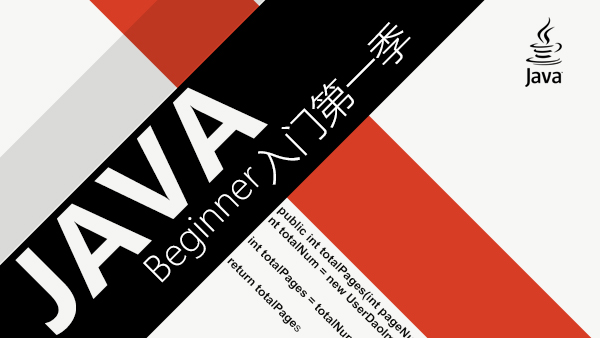public void put(E e) throws InterruptedException {
if (e == null) throw new NullPointerException();
// Note: convention in all put/take/etc is to preset local var
// holding count negative to indicate failure unless set.
int c = -1;
Node<E> node = new Node<E>(e);
final ReentrantLock putLock = this.putLock;
final AtomicInteger count = this.count;
putLock.lockInterruptibly();
try {
/*
* Note that count is used in wait guard even though it is
* not protected by lock. This works because count can
* only decrease at this point (all other puts are shut
* out by lock), and we (or some other waiting put) are
* signalled if it ever changes from capacity. Similarly
* for all other uses of count in other wait guards.
*/
while (count.get() == capacity) {
notFull.await();
}
enqueue(node);
c = count.getAndIncrement();
if (c + 1 < capacity)
notFull.signal();
} finally {
putLock.unlock();
}
if (c == 0)
signalNotEmpty();
}add 增加一个元索 如果队列已满,则抛出一个IIIegaISlabEepeplian异常
remove 移除并返回队列头部的元素 如果队列为空,则抛出一个NoSuchElementException异常
element 返回队列头部的元素 如果队列为空,则抛出一个NoSuchElementException异常
offer 添加一个元素并返回true 如果队列已满,则返回false
poll 移除并返问队列头部的元素 如果队列为空,则返回null
peek 返回队列头部的元素 如果队列为空,则返回null
put 添加一个元素 如果队列满,则阻塞
take 移除并返回队列头部的元素 如果队列为空,则阻塞
put 和take阻塞,通过reentrantlock和condition
notEmpty notFull 两个condition

 随时随地看视频
随时随地看视频



